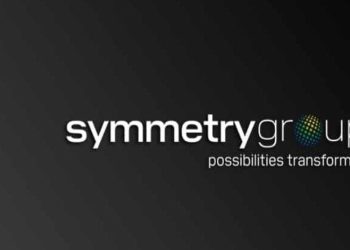Space, unrelenting in its expanse and splendor, always fascinated the human beings. Despite the technological advancement, more than three quarters of the universe still remains unexamined.
The Dark Energy Camera, a project that observes supernovae and galaxies to measure changes in dark energy (the unknown 70% of the universe that drives its expansion), has captured about 2.5 billion objects, such as galaxies, stars, dwarf planets, and supernovae, the explosive deaths of stars over the last 10 years.
The survey’s primary instrument is 570-megapixel camera, but it is occasionally utilized for independent observations to collect light in the visible and infrared spectrum. Here are some snaps demonstrating The Dark Energy Camera’s impressive vision.

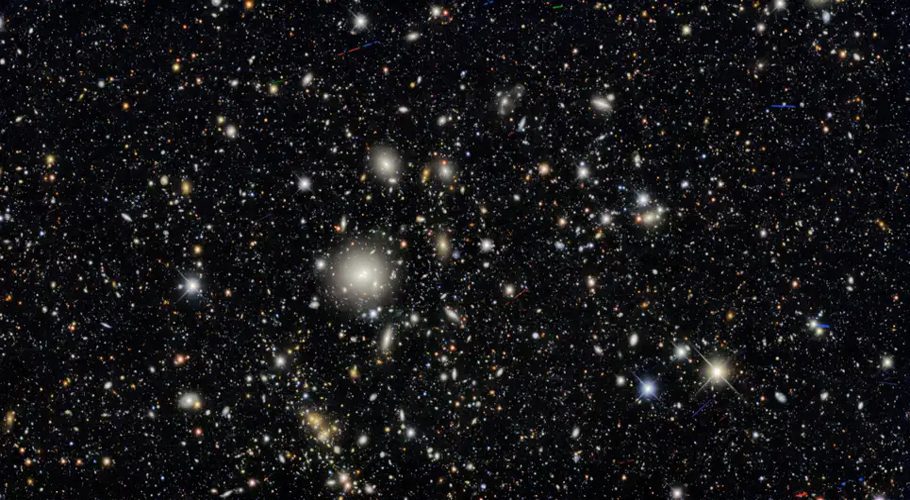

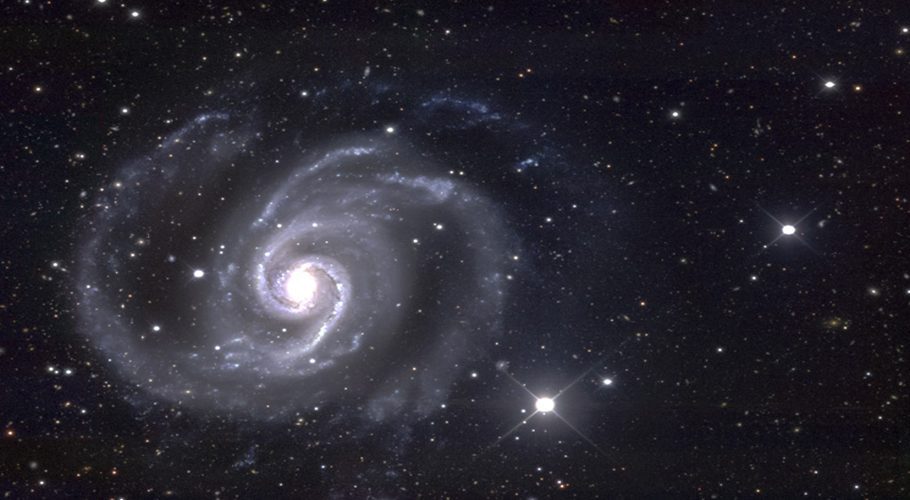
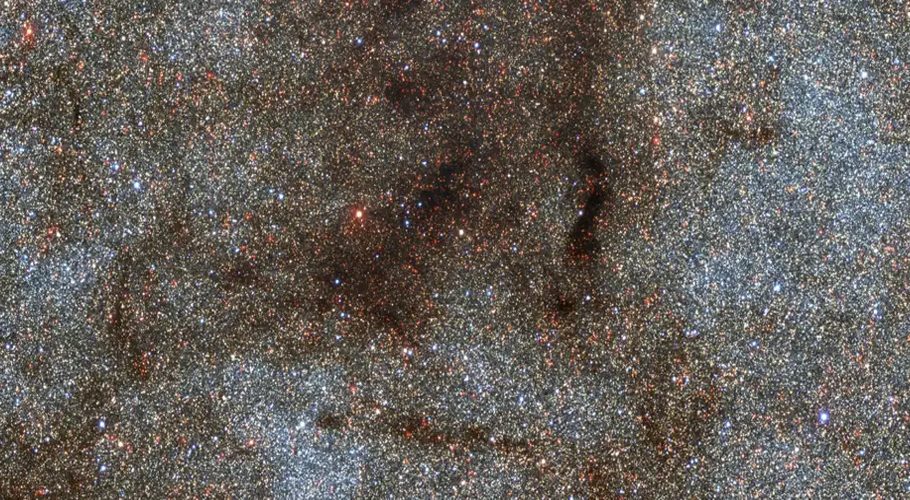
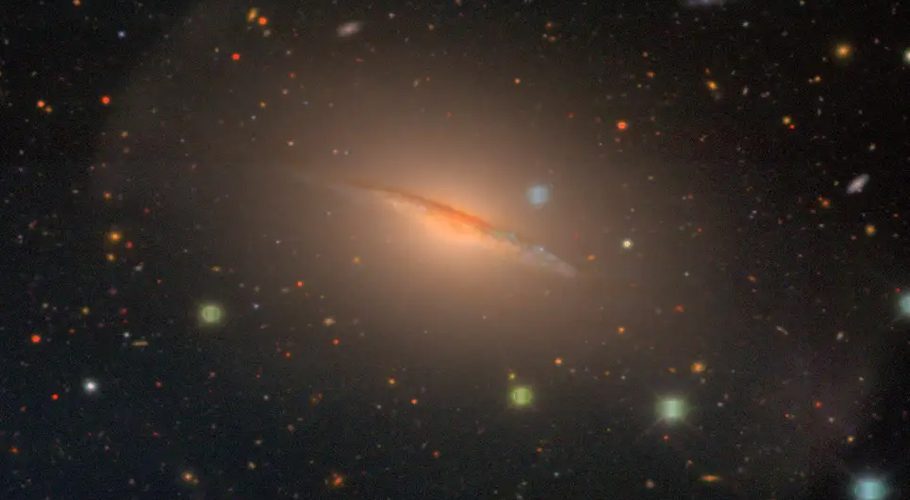
(Image: Erin Sheldon, Dark Energy Survey)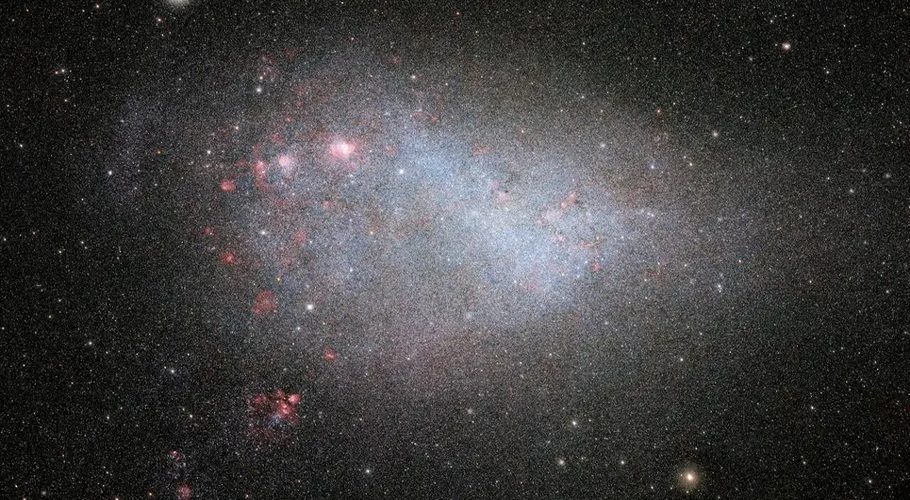
Image: CTIO/NOIRLab/NSF/AURA/SMASH/D. Nidever (Montana State University); Acknowledgment: Image processing: Travis Rector (University of Alaska Anchorage), Mahdi Zamani and Davide de Martin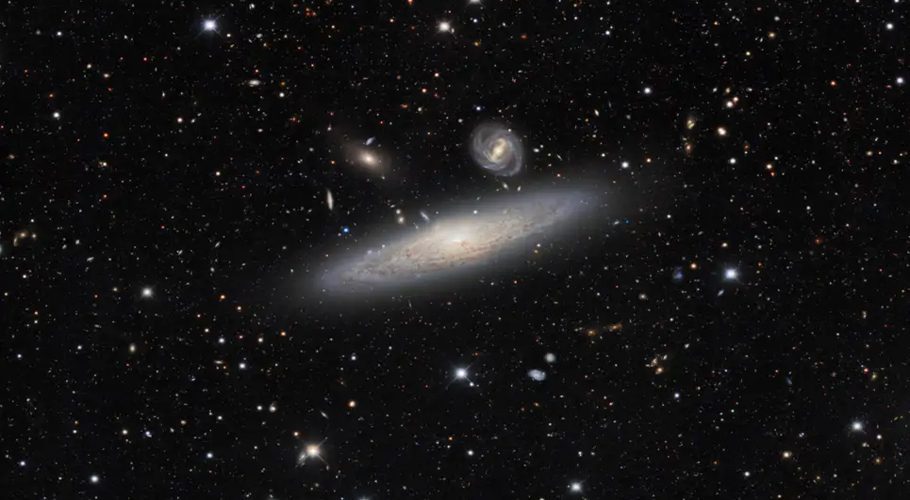
Image: Dark Energy Survey/DOE/FNAL/DECam/CTIO/NOIRLab/NSF/AURA; Image processing: T.A. Rector (University of Alaska Anchorage/NSF’s NOIRLab), J. Miller (Gemini Observatory/NSF’s NOIRLab), M. Zamani and D. de Martin (NSF’s NOIRLab)
Image: Robert Gruendl, Dark Energy Survey
Image: CTIO/NOIRLab/DOE/NSF/AURA; Acknowledgments: PI: M. Soraisam (University of Illinois at Urbana-Champaign/NSF’s NOIRLab)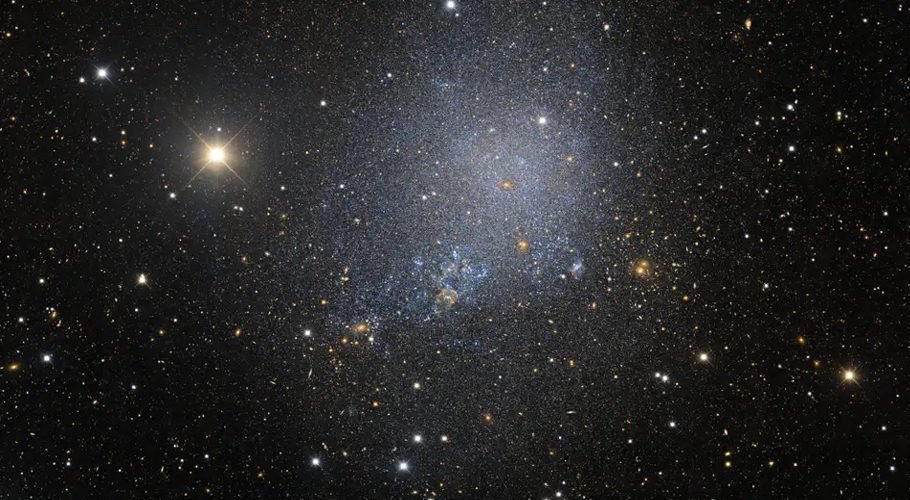
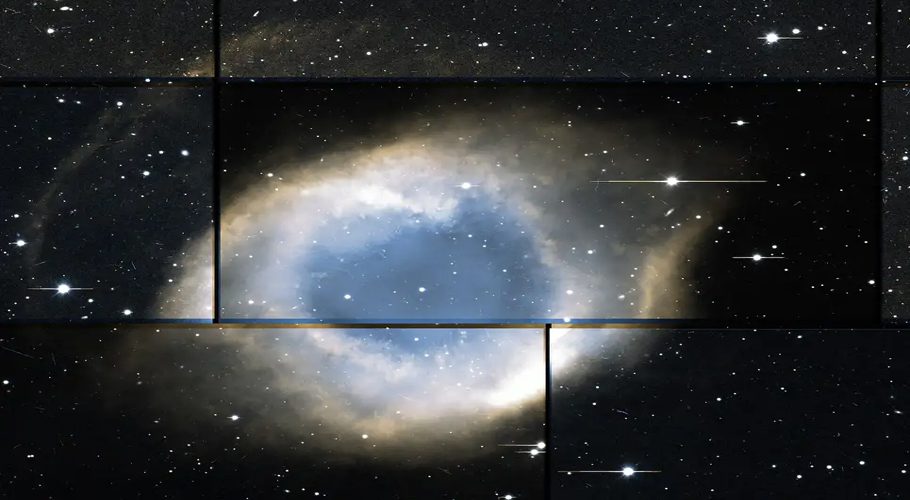
Image: Rob Morgan, Dark Energy Survey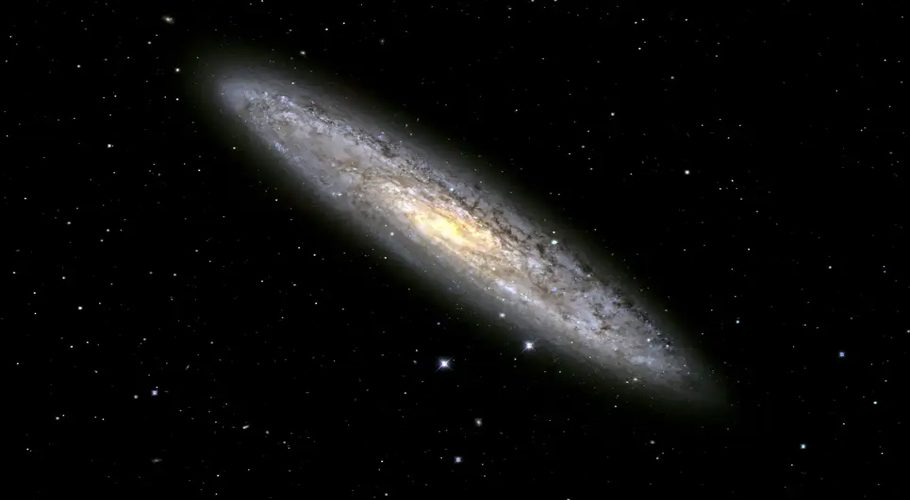
Photo: Dark Energy Survey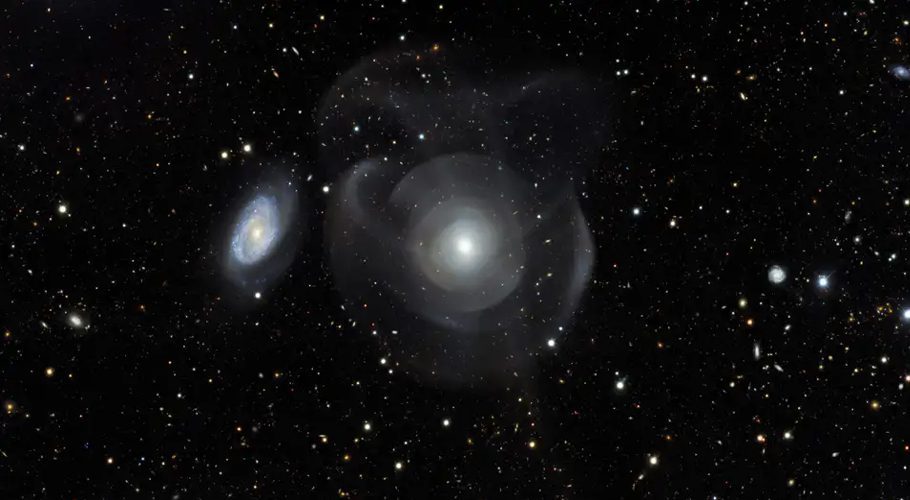
Image: DES/DOE/Fermilab/NCSA & CTIO/NOIRLab/NSF/AURA; Acknowledgments: Image processing: DES, Jen Miller (Gemini Observatory/NSF’s NOIRLab), Travis Rector (University of Alaska Anchorage), Mahdi Zamani and Davide de Martin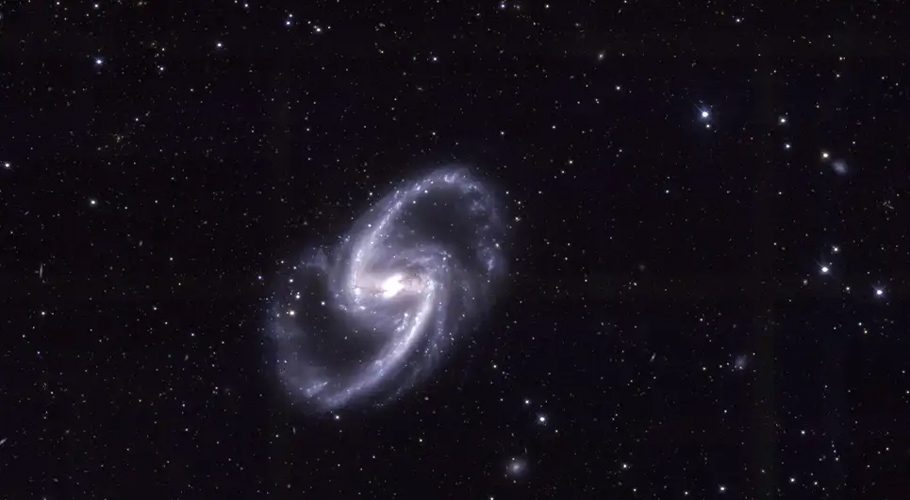
Image: Dark Energy Survey










